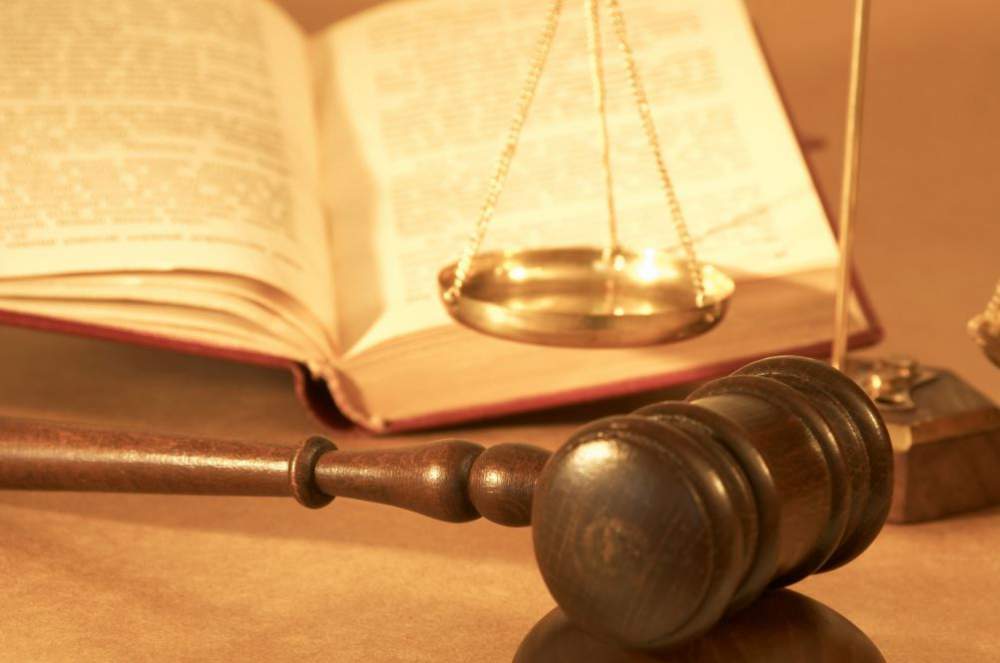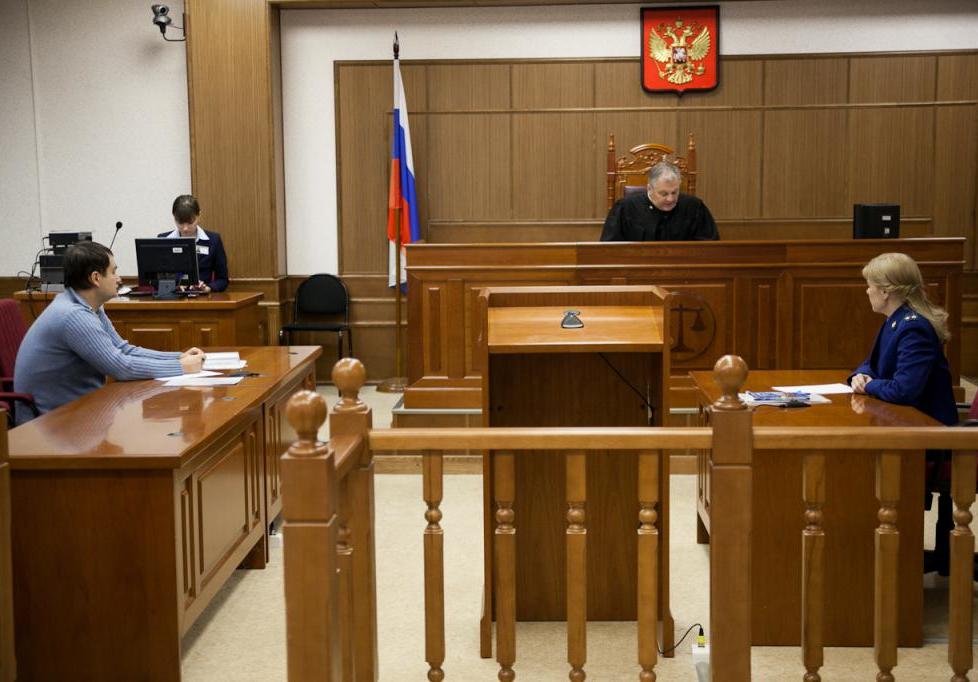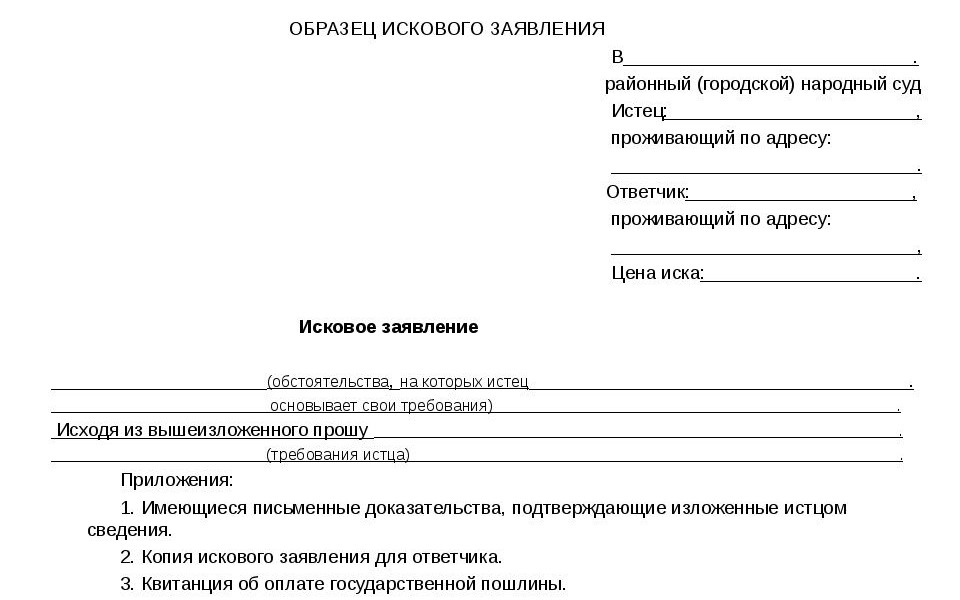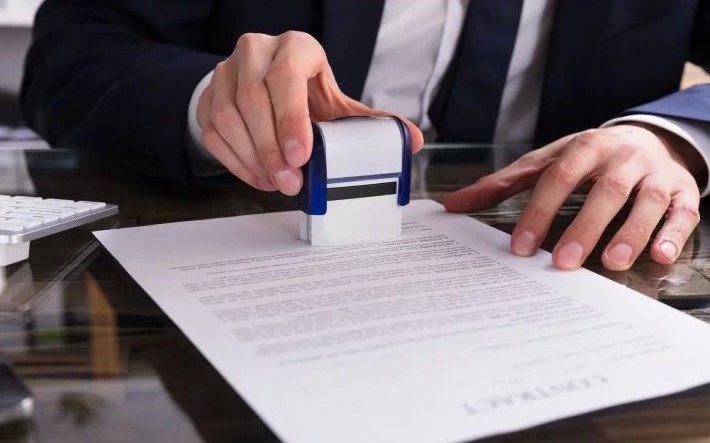The right to claim is one of the basic categories of civil law. What is he like? Who and under what conditions has the right to present it, what classification of claims is proposed. The procedural aspects of the implementation of the lawsuit are affected.
Theoretical basis
Studying civil law, students are faced with the right to action in the material and procedural sense. What is the difference? In the first case, this refers to a permit to enforce the requirement. In the text of the civil code or other laws, reference is made or an indication of the right to claim by the owner, party to the contract or other persons under certain conditions.

In the second case, this right means a request from the court to consider the submitted application.
Prerogative or duty
The right to claim is the possibility of a person who he exercises solely at his discretion. So, for example, the creditor has the right to apply for the recovery of monetary debt and the right not to do so. No one will hold him liable for the waiver of the right.
If we talk about public entities, appeal to the courts is also formally their right, but persons who have not taken protective measures are held accountable, which is why the claims are openly comic. For example, an application for the recovery of amounts in the amount of 200 or 300 rubles is filed.
Place in the hierarchy of laws
The right to sue is a means of protecting privileges that have been violated or whose threat of violation exists. Implementation is possible when a number of factors coincide. The purpose of the claim is to protect the rights and interests of a person, organization or state, which are property and non-property in nature.

For example, a dispute over the right to property is property, and whether an insult was inflicted is non-property. Disputes are still being held regarding the affiliation of some cases to one or another category.
Classification
There are several approaches to the classification of claims in civil law.
Substantive criteria for determining claims. Here, systematization is based on membership in legal institutions of the applicable law. For example, property claims are statements about the protection of the right of ownership or its derivatives (possession and use).
Claims from harm based on the norms of contract or inheritance law have been highlighted.
Systematization from the procedural legal point of view:
- Award claims (recovery of compensation, debt);
- on recognition (property rights, inheritance, etc.);
- transformative claims (termination of the contract, termination of the defendant's rights to property, etc.).

Systematization by the nature of interests:
- personal claims (filed to protect personal rights and interests);
- claims filed to protect the rights of other persons (appeals of legal representatives or authorized officials);
- in defense of the rights of an unlimited number of persons (so far such applications are submitted by the prosecutor's office or other authorities);
- a lawsuit to protect state and public interests (in order to protect the rights of the treasury, the interests of public education, etc.);
- derivative claims (in defense of the rights of legal entities).
What is the lawsuit based on?
The right to present arises when a violation is committed or the right of the person concerned is not recognized.
It is required to establish a list of facts that are relevant from the point of view of the law. In procedural law, it is called the subject of proof.
For example, a claim for damages is based on proving the fact of damage and the guilt of the defendant. The court must determine whether there is a causal link between the actions of the defendant and the harm caused.In such cases, a separate point of the proceedings is the price of damage.

During the trial, the fact of damage, the defendant’s fault can be proved, but the plaintiff may not prove the amount of damage presented. In this case, the judge will refuse the claim or the compensation will be minimal.
Similar can be said of other matters. Some categories of cases oblige you to first contact other authorized bodies or directly with a claim to a potential defendant.
Limitation of actions
It is defined as the period of time allotted to appeal to the court for the protection of one’s right. The general term is 3 years; shorter and longer terms are provided. In some cases, they are not provided for and the person concerned has the right to apply to the court for protection at any time.
The right to satisfy a claim is terminated or canceled at the end of the term. The plaintiff has the right to declare in court about its restoration along with the lawsuit. If the grounds are valid and more than 10 years have not passed since the expiration, the request is granted.

The plaintiff has the right to apply to the court without mentioning this fact, and the judge is obliged to accept the application and proceed to its consideration. The pass is important if the defendant declares it, moreover, only at the stage of consideration in the first instance. Further reference to the expiration of the term as a separate basis for the termination of the case during the proceedings in the second and subsequent instances does not matter.
Who is the holder of the right
The following have the right to claim:
- individuals (citizens and foreigners);
- legal entities;
- state, constituent entities of the federation;
- prosecutor's office;
- authorized bodies in certain situations (guardianship authorities in order to protect the rights of children, etc.).
The right to apply for judicial protection arises in the presence of a number of factors specified in the law, but we must not forget about the requirements of the procedural legislation.
Scope of Procedural Rights
Legal status of persons. All citizens and organizations have procedural legal capacity. The first category means endowing everyone with the ability to have rights, the second - to acquire and dispose of them, like duties. If everyone has equal legal capacity, then legal capacity is limited by law or other circumstances. A person has a full range of rights from the age of 18, until he reaches this age, his opportunities are limited. Obtaining the full amount of rights is provided upon marriage, opening your own business or business. A child from the age of 14, in some cases, has the right to sue on his own.

Restrictions are imposed on partially or completely incompetent (the decision is made exclusively by the court). They are represented in court by designated guardians.
Representation
A person or organization has the right to file a lawsuit on behalf of another person. If there is a power of attorney. Some powers are considered effective if they are expressly stated in the document. In particular, the signing of the application and its submission to the court.
A state body can also become such a representative if there are a number of conditions. For example, a prosecutor protecting the social rights of citizens or an unlimited number of people.
Court trial
The court is obliged to decide on the merits of the claim, with the exception of cases of rejection of the suit or other obstacles to the proceedings.
The claim is accepted subject to a number of conditions:
- jurisdiction;
- jurisdiction;
- compliance with the form.
If the violations were revealed after the start of the proceedings, some of them are not taken into account, while others can lead to the abolition of decisions and termination of the proceedings.
Jurisdiction
With its help, cases are distributed between general and arbitration courts.Since 2015, administrative proceedings have been introduced in Russia, within its framework disputes are considered in which one of the parties has a subordinate position with respect to the other.
In one of the letters, the Supreme Court noted the criterion for the separation of cases involving authorities. If as a result the right to housing, the dignity of the individual are affected, the Code of Civil Procedure is applied.
If the subject of the dispute is the legality of the official’s actions, the complaint is filed under the CAS rules.
In civil and arbitration cases there is no submission, the parties are considered equal in their rights and obligations. Exceptions are cases of bringing to administrative responsibility and challenging the actions of officials in the arbitration process. Disputes of authorities based on the subordination of economic entities are also considered in arbitration.
General and Arbitration Courts
How to determine which jurisdiction to apply to? If in the case at least one participant is a simple citizen, the dispute is considered in the general court. The type of dispute does not matter, with the exception of bankruptcy cases. They are always considered in arbitration.
The jurisdiction of civil courts includes labor, family, housing, environmental and other disputes. For example, consumer protection.
Arbitration considers disputes involving legal entities and individual entrepreneurs. Their relationship is built, as a rule, on business. Disputes regarding changes and termination of contracts, debt collection, etc. are considered.

If the dispute affects at the same time claims that must be considered both in general and in the arbitration court, the case is referred to the general court. If possible, the production opens in part of the requirements. To consider the rest, a new lawsuit is being prepared, respectively, in a district or arbitration court.
We must not forget about the division of competence between district and equivalent courts and justices of the peace.
The right to file a claim is not considered violated if the court refused to consider due to omissions of the plaintiff regarding jurisdiction.
Jurisdiction
Filing is allowed according to the territorial jurisdiction of the courts. As a general rule, an application is accepted at the location of the defendant. The plaintiff has the right to file it in some cases at the place of his residence or location.
If the dispute affects the rights to real estate, consideration is organized at its location. The procedural law also provides for other rules for determining, in particular, contractual jurisdiction.
Filing a lawsuit
Regardless of what right is planned to be protected by a claim, there is a set of requirements for the list of its items. If they are not enough, the claim is not accepted for consideration. He is left without movement or immediately returned. The same applies to the number of copies of documents attached to it.
In the arbitration process, unlike the civil, the parties themselves are obliged to send copies of the claim and the attached materials to other parties.
Finally
The right to action is considered from a material and procedural point of view. It is a means of protecting property and non-property rights. The right to it is exercised subject to the requirements of the procedural law. Satisfaction depends on the factual side of the matter and the sufficiency of the evidence provided.
